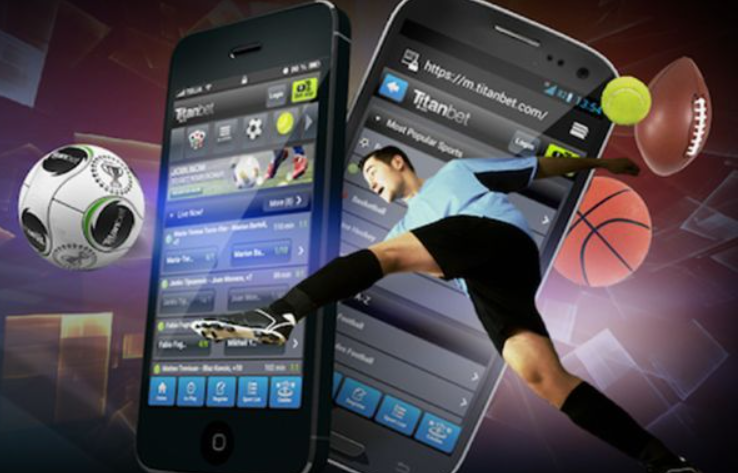The betting experience is changing. It’s no longer just about scrolling odds and tapping screens. In 2025, we stand on the edge of a new era in mobile betting — one shaped by voice commands and augmented reality (AR). These technologies, once futuristic concepts, are now being woven into sportsbook platforms, offering faster, smarter, and more immersive ways to interact with betting apps.
Let’s unpack what this tech actually does, how it works in a real betting environment, and what it means for the future of punters and bookmakers alike.
Voice Control: Betting With Just a Word
Voice technology isn’t new, but its use in betting is. The appeal is obvious: hands-free navigation, faster interactions, and accessibility for users on the go or those with disabilities.
Picture this: you’re watching a game live, hands full, and you say, “Place €10 on Real Madrid to score next.” Within seconds, your bet is confirmed. No lag, no typing, no missed moments.
Benefits of voice-activated betting include:
- Quicker bet placement during live events
- Reduced screen dependence (ideal for wearables)
- Personalized voice assistants for frequent actions
- Accessibility for visually impaired or older users
It’s not just a gimmick. As voice recognition becomes more accurate and context-aware, voice control is emerging as a serious utility in the bettor’s toolkit.
Augmented Reality: Stats and Bets in Your Space
Now imagine pointing your phone at your TV and instantly seeing real-time odds, player stats, and suggested bets layered over the match — all via AR.
That’s not sci-fi. Leading sportsbooks and tech developers are already experimenting with AR overlays for:
- Live stats and team form guides
- Suggested odds as floating widgets
- Interactive match visualizations
Use Case: Watching a Premier League match on TV while wearing AR glasses. You see a live heatmap projected in your space and odds for the next goal scorer hover next to the screen. With a glance and a tap, your bet is in.

Table: Voice & AR vs Traditional Mobile Betting
| Feature | Traditional App | Voice/AR Enhanced Experience |
|---|---|---|
| Interaction Style | Tap/Scroll | Speak, gesture, move |
| Speed of Bet Placement | Moderate | Instant (hands-free) |
| Information Display | Static screens | Dynamic overlays and updates |
| Accessibility | Visual/touch-based | Inclusive for diverse users |
| Immersion Level | Basic | High (real-time, contextual) |
Challenges and Concerns
With innovation comes caution. Voice and AR introduce new considerations for security, privacy, and regulation.
- Voice misfires: Accidental bets from ambient speech are a risk.
- Data sensitivity: AR apps may access more device sensors.
- Platform compatibility: Not all devices support AR natively.
- Market readiness: Users need time to adapt; some may prefer traditional apps.
Still, these are solvable. With biometric verification, permission prompts, and opt-in features, the balance between convenience and control can be maintained.
What It Means for Bettors
The rise of voice and AR isn’t about replacing the current model. It’s about giving users more freedom — to bet faster, interact smarter, and experience sports betting on their terms.
For casual bettors, this means less friction and more fun. For pros, it means an edge in reaction time and live insight. And for platforms, it’s a way to deepen engagement in a hyper-competitive market.
The future of mobile betting is about intelligent experience. Voice commands let you act in the moment. Augmented reality brings the data to life around you. Together, they turn your device from a tool into a betting companion.
As more sportsbooks adopt these technologies, early adopters will enjoy speed, immersion, and convenience that felt impossible just a few years ago. Betting isn’t just going mobile. It’s going smart.




